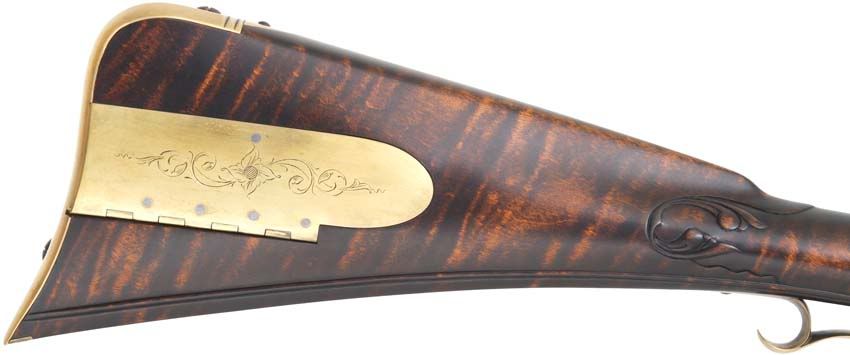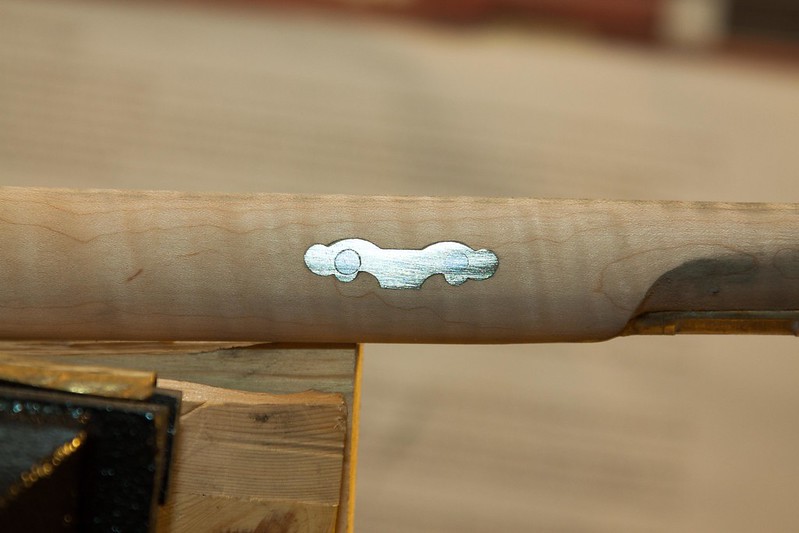It's almost time to set my nickel escutcheons in on my TOTW Vincent Ohio Rifle. I would like to make nails/brads to anchor them in.
Not being terribly familiar, do I need some nickel silver wire, or what would be the correct wire to make the nails from? Second question, is where do I get it? Looked at TOTW, MBS, Jedediah, etc. No luck.
I plan to use the method in which you drill and countersink the inlay, then peen in the head of the nail. Plan to melt the wire to make the head.
I didn't want to just epoxy it in...
Any help is appreciated.
Cheers,
Chowmi
Not being terribly familiar, do I need some nickel silver wire, or what would be the correct wire to make the nails from? Second question, is where do I get it? Looked at TOTW, MBS, Jedediah, etc. No luck.
I plan to use the method in which you drill and countersink the inlay, then peen in the head of the nail. Plan to melt the wire to make the head.
I didn't want to just epoxy it in...
Any help is appreciated.
Cheers,
Chowmi








